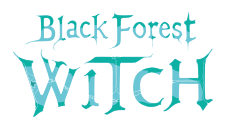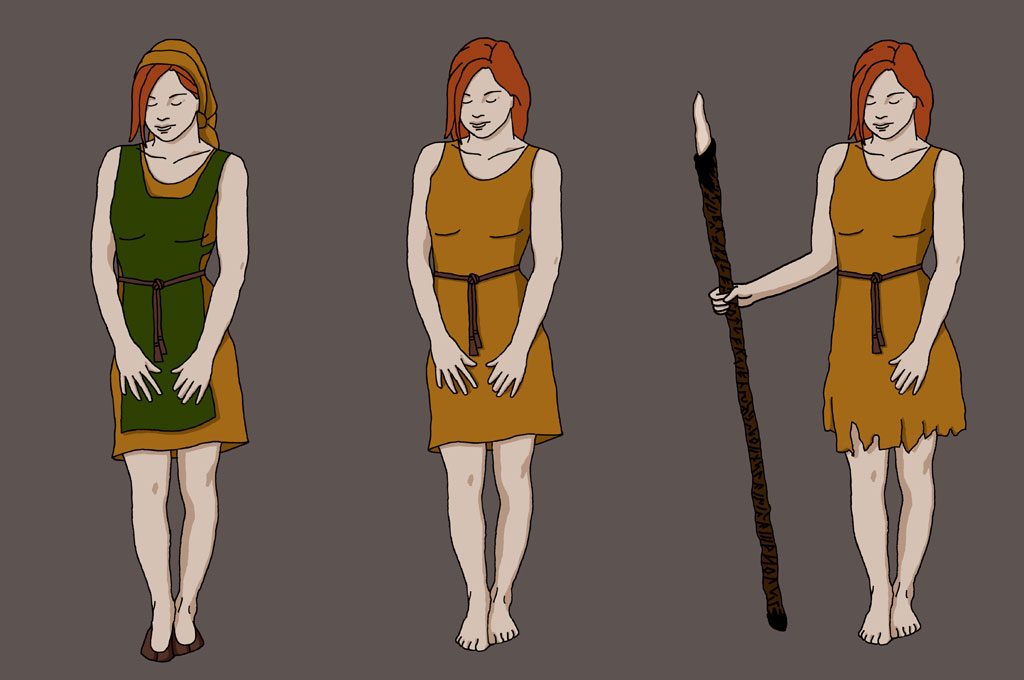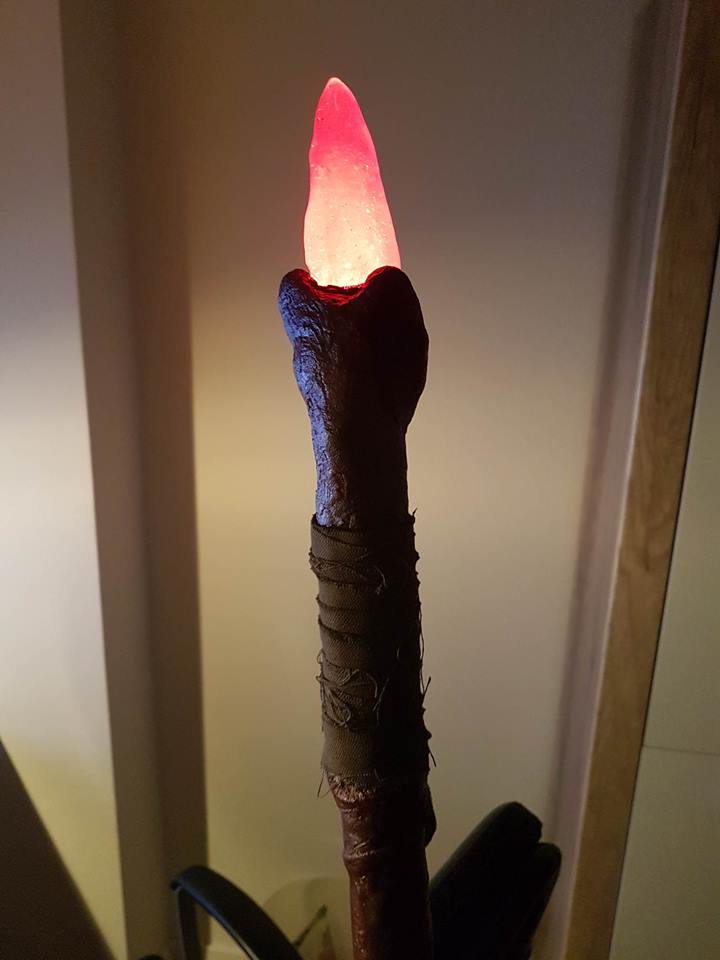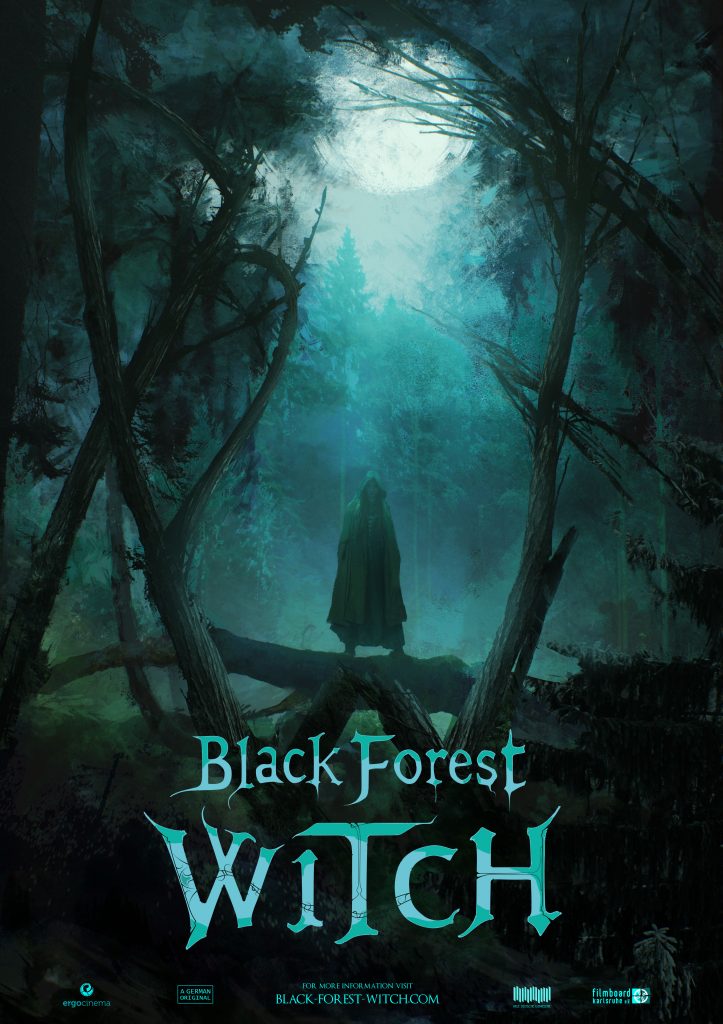Fantasy Art is a fascinating art form, always depicting something out of this world. When we started writing on our series BLACK FOREST WITCH, we were inspired by a lot of artists and their life’s work. Let’s go on a visual journey through the ages to get to the heart of Fantasy. An apology upfront: Due to international copyright law, we can’t actually present other people’s work on this page. Instead, you’ll have to follow the links.
Learning about art is the key. Art genres are static categories to put artworks in. Of course, in life things are really static. However, there are two reasons why having those categories is extremely helpful. First, they give you the ability to see how art itself is changing and evolving. In that regard, genres are great as an anchor. From there you can start to make the connections – in your own mind and on paper. Secondly, categorizing art helps you to create your own techniques and develop your skills as an artist.
With Fantasy Art, the first job should be to recognize what the clichés are. Not to avoid them, but to use them and give them depth and personality in your own work.
Contents
Common tropes of Fantasy Art
Fantasy Art is full of certain tropes, common elements that appear again and again. If you look at artworks of this genre a lot, you’ll recognize them easily. These »sujets« have their own variations in each and every subgenre:
- Fantasy Characters: Often fierce female Warriors
- Fantasy Creatures: Giant animals, mostly Dragons
- Fantastic Landscapes: Huge open Spaces
- Fantastical Battle scenes: Swords & Sorcery at work
The Subgenres of Fantasy Art
There are two types of Fantasy Art: Apparent and subtle. While art movements like Victorian Symbolism, Magic Realism or Romanticism only ever hint at the supernatural, subgenres like Surrealism go all-in . . . and over the edge. This article will not deal in subtleties. We want to see the real deal and we’ll start with the most well-known subgenre, the current mainstream: Modern Fantasy Art.
Modern Fantasy Art
There’s a tight relationship between Modern Fantasy Art and Fantasy Novels. This shouldn’t come as a surprise, as contemporary Fantasy Artists often work on book or album covers as well as Comic Books. Transitions are seamless. Let’s take a look at four amazing artists that contributed to this form:
Japanese illustrator Monokubo likes to exaggerate by drawing giant animals into otherwise normal settings, re-imagining reality that way. For example a Little Red Riding Hood sitting on top of the not so bad but very big Wolf. Royo on the other hand is likely the king of »fantasy babes«: The Spanish painter shows strong heroic women with a distinct expression of character in apocalyptic settings. Frank Frazetta, the famous painter, illustrator and Fantasy Artist who left behind a legacy beyond compare, loved epic battle scenes especially. Last but not least, Giraud, also known as Moebius, is a French comic book artist known for his clean wide panels and absolute love for detail.
Goth Art
Goth Art is a variation of Modern Fantasy Art and an outgrowth of the Goth subculture. The roots of this form lie in the Gothic Novels of the 1800’s and their eerie atmosphere. This subgenre is closely related to Dark Fantasy, Horror and Mystery Fiction. Christian Symbolism is very strong here, with Angels and Demons as a common trope. Thematically, it often deals with an idea what the Romans expressed as Memento Mori: Remember you are going to die.
Goth Art Pieces are often held in black and white or a darker color palette. Here’s a collection from contemporary as well as historical artists to give you a first impression:
- Greg Taylor is a character designer who hits the perfect Goth mood with his grey and brown color palettes.
- Paul Cézanne is an Impressionist and among the most famous artists of all time. He discovered landscapes in everday objects and vice versa. One of his darker pieces is the amazing still-life Pyramid of Skulls.
- Digital Artist Shaun Jonas creates epic moments with Goth stereotypes like Birds and Feathers.
- John Henry Füssli is well-known for his visionary work, especially for The Nightmare, which shows a demon lingering above an unconscious woman.
My personal relationship with Cézanne runs especially deep, as he was a great influence on my first live-action shortfilm called Business as Usual. In that short, a struggling artist wants to break with her pre-determined destiny.
Surrealism
In Surrealism, you’ll see things that are beyond real – sur-real. What I like most about this subgenre is its level of surprise and unexpectedness. Lovers without identity, melting together, a monster’s metamorphosis from different parts, trees growing into bodies. Even after observing these paintings for weeks, you’ll still recognize something you never noticed before. With Magritte, Ernst and Bosschart, you’ll find three wonderful artists to explore. Here are my favorite paintings of them:
- Rene Magritte: The Lovers
- Max Ernst: Der Hausengel oder der Triumph des Surrealismus
- Johfra Bosschart: The Cinder Fields
Religious & Mythological Fantasy
This is the oldest subgenre of Fantasy Art and probably the widest form. Myths are the maps of meaning to their respective cultures. Here I selected three very different but similar subjects:
- The Gilgamesh Epic is the oldest recorded story of mankind. It’s a shame that I had never heard of it when I was still in school, but on the other hand a fascinating experience to discover it on my own. Only at first glance this character seems rigid. The animal he has in his grip and his eyes are so very much alive that the stone figure wants to jump right at you.
- The second and third pictures respectively show depictions of the Egyptian sun God Ra, found in the tomb of Nefertari, as well as Matthias Grünewald’s famous resurrection of Christ. Both of which I studied extensively during highschool – they have more in common as you might think. Spiritual salvation is a very important Fantasy and very powerful due to its communal aspect. It doesn’t matter if it’s real, if only enough people believe in it.
Fantasy Art and Reality
The very last artwork I want to end with goes back in time to the very beginnings of human consciousness. Long before even Gilgamesh was a thing. It shows the fantastic cave paintings from Lascaux in France. Isn’t it interesting how the less people actually have, the closer to reality their fantasies become? Here we probably see those animals that the painters wished to see again in the next summer . . . a truly wishful fantasy.
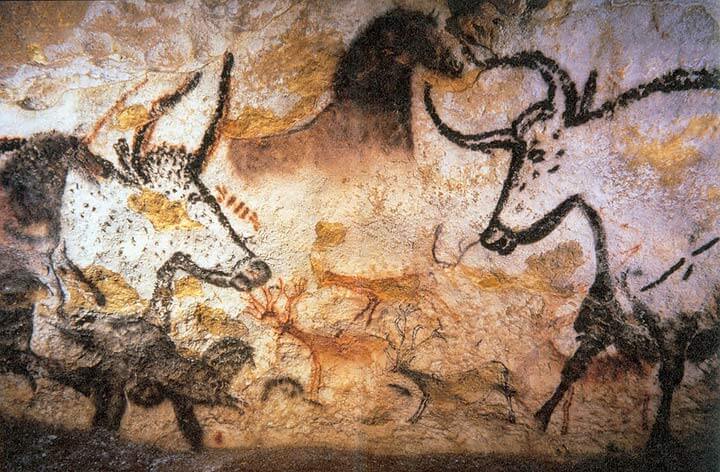
Cave Fantasy Art in Lascaux, France.
Photographer: Prof saxx
What do you think about our trip through the ages of Fantasy Art? Share this article and your thoughts on Facebook, LinkedIn or Twitter! If you like Fantasy as well, get regular updates on the status of our TV Series. The teaser came out on December 21st 2019 – watch the video and tell us what you think.
Similar topics:
- Fantasy Name Generator - 8. April 2023
- The Depth and Wonder of Fantasy Music - 21. January 2020
- The Top 10 Fantasy Comics to read before you die - 9. November 2019
